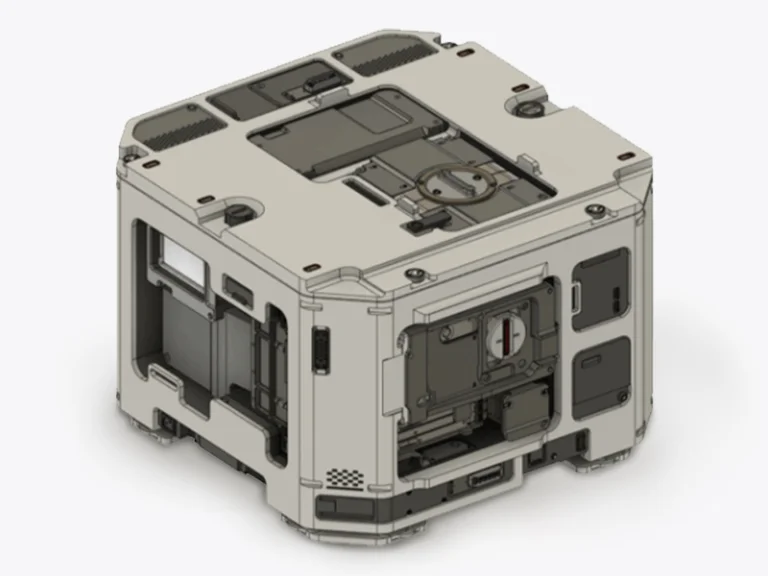TPE Injection Molding

What is TPE Injection Molding?
TPE injection molding is a manufacturing process in which Thermoplastic Elastomers (TPE) are heated until molten and then injected into a mold under high pressure. This process allows for the creation of parts with rubber-like flexibility and elasticity while maintaining the easy processing and recyclability of plastics. Thermoplastic elastomers injection molding is commonly used for producing complex shapes and parts that require both durability and flexibility, such as seals, and soft-touch components in automotive, medical, and consumer product industries. TPE molding offers advantages such as fast production cycles, cost efficiency, and the ability to produce high-precision, high-quality parts. When you need tpe parts, choose Jiangzhi who is a professional injection molding supplier to complete your product.
Injection Molding TPE Parameters Table
| Parameter | Recommended Range |
|---|---|
| Wall Thickness | 1.0mm - 4.0 mm |
| Maximum Part Size | 1500mm x 1200mm x 800mm |
| Minimum Feature Size | 0.5mm-1.0mm |
| Tolerances | ±0.1mm - ±0.5mm |
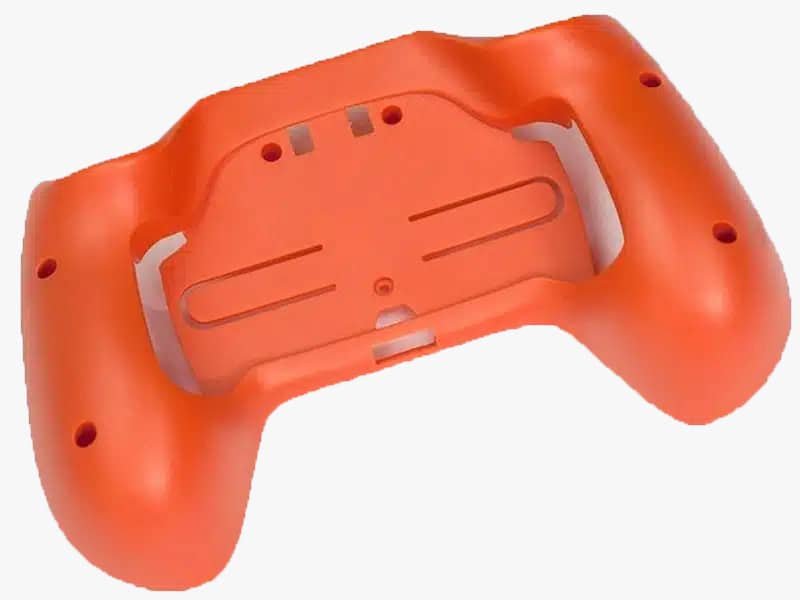
TPE
Thermoplastic Elastomer
- Rubber elasticity
- Workability of plastics
- Environmentally friendly and recyclable
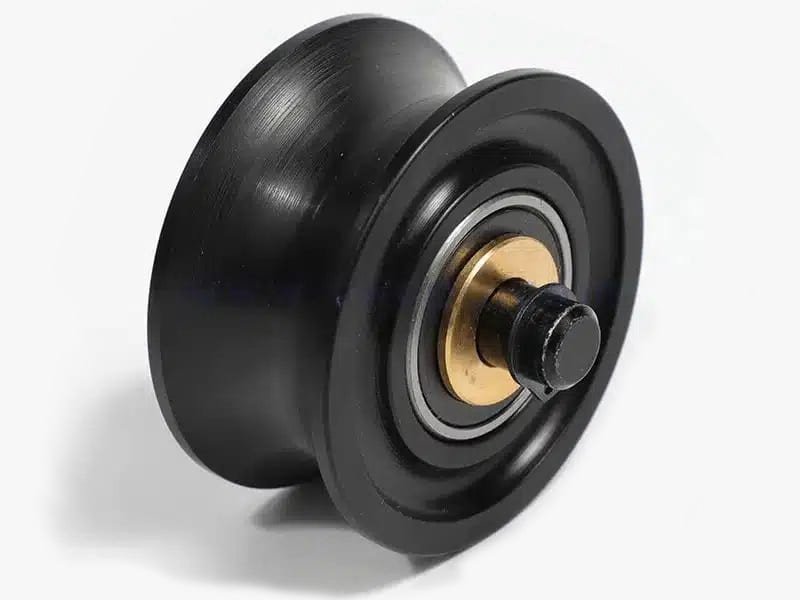
TPU
Thermoplastic Polyurethane
- High strength
- wear-resistant
- Chemical resistance

TPV
Thermoplastic Vulcanizate
- High temperature resistance
- Strong weather resistance
- Long-term durability
Common TPE Materials & Properties
Thermoplastic Elastomer is a polymer material that combines rubber elasticity and plastic plasticity. It is both soft and elastic like rubber, and can be molded by heating and melting like plastic, which is a material with excellent performance and environmental protection. TPE material is a great choice for flexible, soft-touch applications but may not be suitable for high-temperature or heavy-duty environments.common types of TPE include TPU and TPV.
| Property | Property | Density | Tensile Strength | Flexural Strength | Impact Strength (Unnotched) |
|---|---|---|---|---|---|
| TPE | 1.12 - 1.15 g/cm³ | 60 - 80 MPa | 90 - 110 MPa | 50 - 100 kJ/m² | 180 - 200℃ |
| TPU | 1.10 - 1.25 g/cm³ | 30 - 50 MPa | 25 - 60 MPa | 50 - 150 kJ/m² | 80 - 120°C |
| TPV | 0.9 - 1.10 g/cm³ | 7 - 13 MPa | 5 - 15 MPa (varies by hardness) | 100 - 200 kJ/m² | 90 - 120°C |
- The above parameters represent the baseline performance of the materials. Actual application should be dynamically optimized based on specific working conditions.
Looking for High-quality TPE Injection Molding?
Get Durable & Precise TPE Injection Molding – Fast, Reliable, and Customizable! Request a Quote Today!
Advantages & Disadvantages of Injection Molding TPE
TPE injection molding is an excellent choice for applications requiring soft-touch, flexibility, and overmolding capabilities. However, its limitations in heat resistance, mechanical strength, and cost should be considered when selecting materials for a specific project.
Advantages
- lexibility & Soft-Touch Feel
- Easy Processing & Recyclability
- Strong Bonding with Hard Plastics
Disadvantages
- Poor Heat Resistance
- Lower Mechanical Strength
- Higher Material Cost
Applications of Injection Molded TPE
Thermoplastic Elastomer ideal for applications requiring softness, durability, and complex geometries in high-volume production. TPE injection moulding is widely used across industries due to its flexibility, durability, and design versatility. Key applications include:
Automotive Industry

- Engine covers
- Fuel system components
- Nylon gears
- Plastic bushings
- Radiator end tanks
Medical Devices
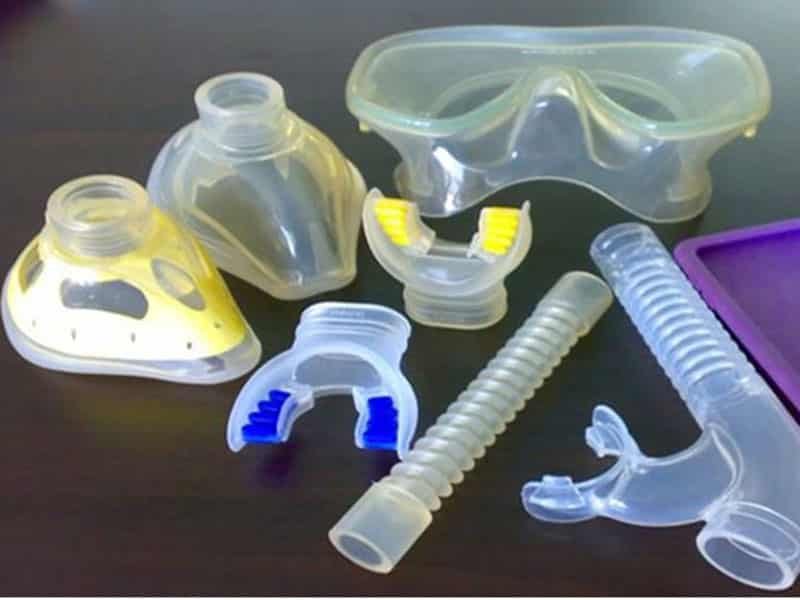
- Syringe Plungers
- Medical Tubing
- Dental Tool Handles
- Soft-Touch Surgical Handles
- Oxygen Masks
Consumer Electronics
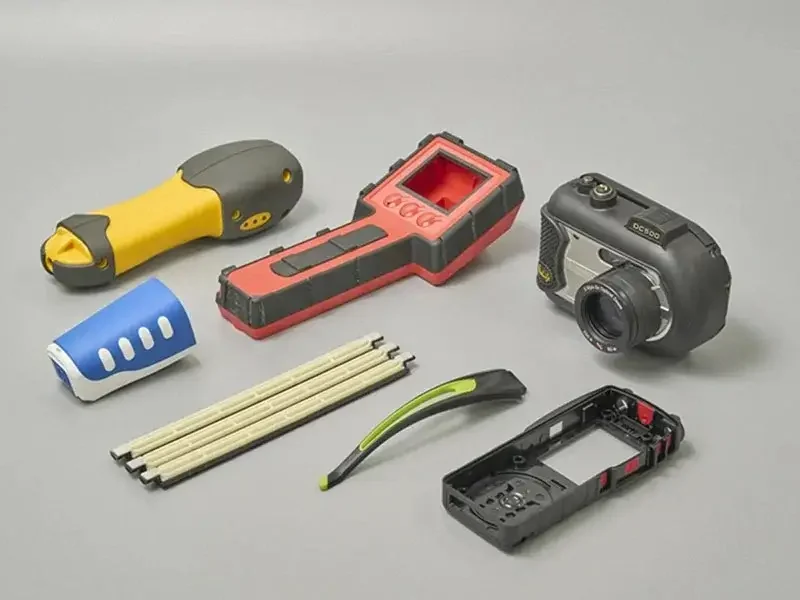
- Phone Cases
- Waterproof Seals for Electronics
- Cable Insulation and Jackets
- Game Controller Grips
- Earphone Cable Sleeves
Sports Equipment
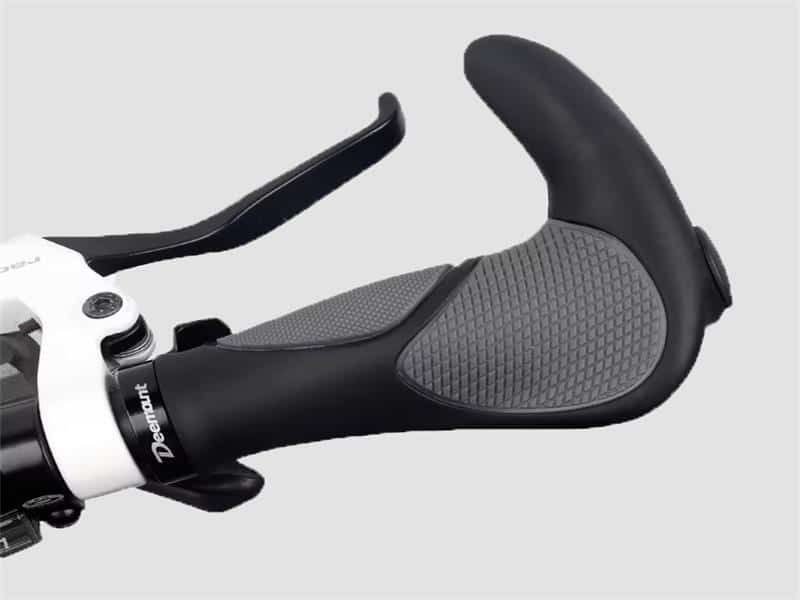
- Fitness Equipment Grips
- Swimming Goggles Seals
- Bicycle Handlebar Grips
- Running Shoe Soles
- Non-Slip Yoga Mat Base
Jiangzhi TPE Injection Moulding Parts is Guaranteed
100% Satisfaction: Precision-Molded TPE Solutions with Unmatched Flexibility & Sustainability – Your Vision, Perfected in Elastic Polymer parts.

FAQs About Thermoplastic Elastomer Molding
TPE has the elasticity of rubber and the processability of plastic, and can be recycled, and rubber usually needs to be vulcanized, which is difficult to process.
The temperature resistance of TPE varies by type, and TPV has excellent high temperature resistance, while TPU is more suitable for normal or low temperature environments.
TPE molding needs a bit of extra care. You have to control the temperature just right—too hot or too cold, and it won’t flow properly. Since TPE doesn’t flow as easily as some other plastics, the mold design needs to be spot-on to make sure the part fills evenly without defects. And not every injection molding machine is a good fit—using one that’s well-suited for TPE helps keep the process smooth and consistent.



